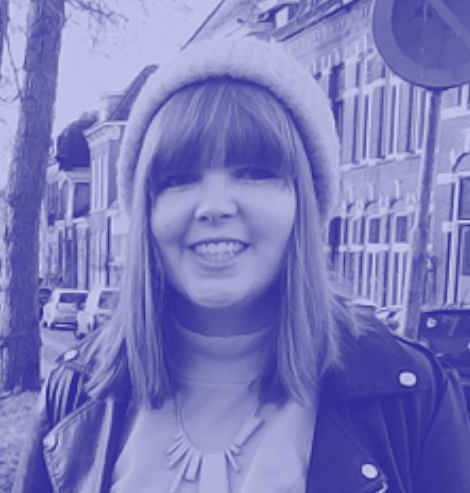I’ve spent some time recently thinking about how content designers can be part of the solution when it comes to sustainability.
Thirty years ago, technology was seen as the saviour of the planet:
- The ‘paperless office’ was going to preserve endangered forests.
- Email and video conferencing were going to reduce car journeys and flights.
- Websites were going to make services less wasteful.
Cut to 2023 and the conversation is in a different place. For example, the BBC recently ran a documentary about the environmental cost of cloud computing.
And we’ve all heard conversations about the carbon footprint of cryptocurrencies, NFTs and generative AI technologies.
Given that we can’t revert to a pre-digital age, how can we make sure we do as little damage as possible and, where we can, make things better?
Having fretted about it quite a bit, and spoken to colleagues across SPARCK, I’ve started to feel quite proud of the contribution the content design practice is already making.
That’s because content design is, at its very core, a sustainable practice. Our obsessive focus on plain language, efficient journeys, and minimalism by default puts us on the front foot.
How content design contributes to sustainability goals
First and foremost, content design is about making journeys as efficient as they can possibly be.
That means delivering the results users need with:
- the minimum number of steps
- the fewest page loads
- the fewest diversions, refreshes and dead ends
We don’t create content for the sake of it.
We make the case for the existence of each word in a sentence, each sentence on the page, each page in a journey and each journey in a service.
We’re the people who ask, “Does this need to continue to exist, or can it be retired?”
Redundant content that’s left hanging around can create those dead ends or diversions. And storing it on content management systems uses energy.
Creating accessible and inclusive content, as well as being the right thing to do, also contributes to sustainability.
Content created for users with particular access needs, or that uses plain language, will be more easily understood by everyone. That means more people getting what they need, quickly and efficiently.
Increasingly, we’re also taking an interest in search engine optimisation (SEO). The words we choose, and the way we structure and markup content, can make it easier for users to find.
Sometimes, they can even get what they need without clicking to load the website at all, if the answers they need are displayed directly in the search engine results page (SERP).
Video and images
Another content design principle, or preference, is a kind of visual minimalism.
We tend to lobby against the use of images and video purely for decoration or dazzle because:
- they can make it harder for important content to be seen
- they can contribute to cognitive overload
Content design was born in the public sector where pretty aggressive minimalism has been the norm for a decade or so.
Look at gov.uk or nhs.uk and you’ll see very few pictures or videos, and barely any colour.
You might think it looks plain, or even ugly. But it works for users, evidence suggests, who don’t always want to be ‘delighted’, and certainly not when they’re trying to access essential services.
The good news is that this approach happens to be in line with the latest thinking on sustainable design.
Video is by far the biggest contributor to the carbon footprint of websites and images aren’t far behind.
We don’t say there’s no place for them, ever. It’s just that they need to earn their place by, for example, helping users...
- understand how symptoms of medical conditions look
- engage with difficult or sensitive subjects
- feel welcome or included
If you do use images, make sure they’re optimised so the files are as small as possible.
That means they’ll use less energy to store, to download and to display. Even blurring the background of an image can reduce the file size.
Use the right filetypes, too, such as JPEGs for complex photographic images, and tiny, fast-loading SVGs for things like logos.
Is your content sustainable?
If you want to talk about how a content design approach could make your product or service more sustainable, get in touch via LinkedIn, or through the usual channels.



